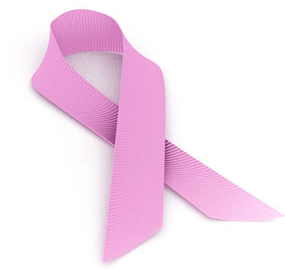Childhood cancer now a global health priority
 Childhood cancer has become a global health priority because the disease does not have borders.
Childhood cancer has become a global health priority because the disease does not have borders.
In most cases, statistics do not tell the whole story which sends a wakeup call to all leaders to find lasting treatment to the disease as a single death is one too many.
Even though the disease is curable, there is significant inequality and disparity in survival rates across countries and within continents. Nonetheless access to better care, affordable good quality medications and healthcare coverage could help stop the deaths.
Children are the future of every country and therefore they deserve the chance to live to the full. No family should go bankrupt, lose their assets, become impoverished or go deeper into poverty when a child gets sick with cancer.
Research has it that about 400,000 children under 19 years get cancer in the world each year and about 80 per cent of these children live in developing countries. Sadly, they are not adequately diagnosed or treated.
In order to address the issue of childhood cancer before we are overtaken by the burden of this disease as a nation, it is of utmost importance to invest in capacity building of health workers for early detection and referral, Dr Lawrence Osei-Tutu, Paediatric Heam/Oncologist Komfo Anokye Teaching Hospital, has said.
He said it was also necessary to setup treatment centres in all regions with the capacity to provide rapid diagnosis and treatment including adequate supportive care.
In Ghana, there is no comprehensive epidemiological data on the magnitude of childhood cancers but using estimates from global incidence data, about one in 500 children would be affected by age 15.
With our population of over 30 million, we would expect about 1,200 children below 15 years of age being affected yearly.
He said despite the threatening estimated figures, only two centres, the Korle-Bu Teaching Hospital (KBTH) and the Komfo Anokye Teaching Hospital (KATH) had comprehensive paediatric cancer units with KBTH being the largest centre overseeing about 200 cases yearly.
Documented evidence shows that types of cancers seldomly reported are now frequently seen at the paediatric cancer unit in Korle-Bu.
It noted that in the 1990’s, cancer diseases such as Lymphomas accounted for 67 per cent of such cases followed by eye cancer (retinoblastoma) eight per cent, leukaemia eight per cent and kidney cancer seven per cent.
However, current data now indicates that, leukaemia has increased to 21 per cent , Lymphomas 19 per cent, eye cancers 18 per cent, kidney cancers 15 per cent and other previously rare cancers such as rhabdomyosarcoma and neuroblastoma are now being diagnosed frequently.
He said the reason for the changing pattern was yet to be determined. However, other cancers include brain and bone cancers are also reported.
Childhood cancer in Africa is now emerging as a potentially important disease condition. With most health system resources being directed to combating infectious diseases, including HIV and AIDS, TB, malaria and other conditions such as malnutrition. It is expected that these conditions would be brought under control and that cancer will cease to become an important cause of child morbidity and mortality.
Using unpublished data from the Child Health Department of the KBTH, excluding deaths occurring in the first 48 hours after admission in the emergency room, child cancer cases are among the leading cause of deaths on the longer stay wards at KBTH.
According to the expert, very little is known about the cause of most childhood cancers, adding that many types have highest incidence at an early age suggesting causative factors operate before child birth.
It said environmental factors such as radiation, drugs, chemicals and genetic factors which were hereditary, were some of the likely causative effects.
It is therefore important that people report to health facilities when they notice any abnormality with the eye, lumps in any part of the body, unexplained fever, weight loss, bleeding, aches in bones, back, fractures among others for treatment, he advised.
He reiterated that childhood cancer could be treated but the lack of awareness, adverse socio-cultural practices, limited access to services leading to late presentation were some of the things causing the death of most children with cancer.
Dr Osei-Tutu thus, called on government to develop appropriate national treatment protocols bearing in mind the limited resources to ensure that children’s cancer care was fully included in NHIS.
By Samiratu Larbie
Source: GNA
